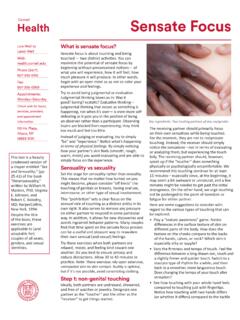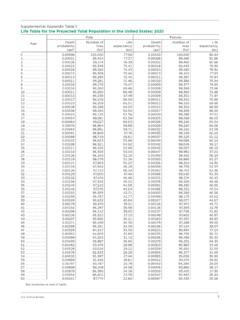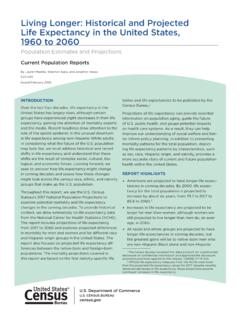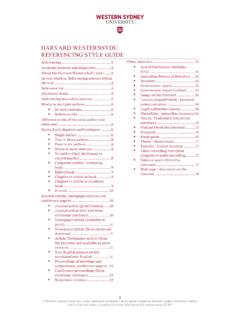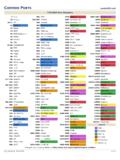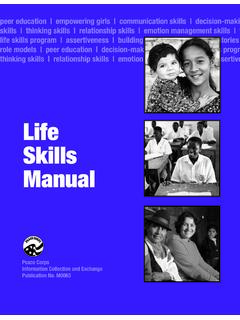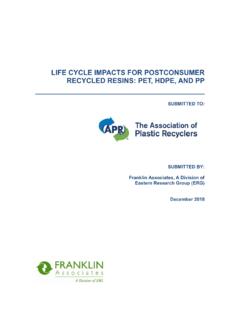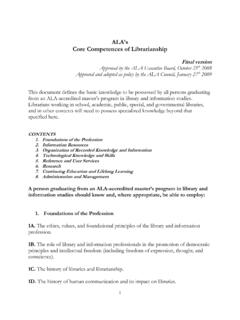Transcription of Cornell Health Self-induced Vomiting
1 This information is for you if: You have ever made yourself vomit You ve thought about, or tried, to make yourself vomit Making yourself vomit has become a habit You have friends or relatives who make themselves vomit and you want to helpWhy do people make themselves vomit?It s more complex than you might think. It s not just a simple behavior that is easy to stop, but instead is usually related to many factors in a person s people make themselves vomit after a binge. Bingeing, or eating a large quantity of food in a short time, often serves a purpose such as stress reduction, relaxation, or avoidance of troublesome issues.
2 Afterward, though, people can feel bloated, ashamed, and afraid of gaining weight. They may turn to Self-induced Vomiting to try to get rid of the food on which they people make themselves vomit to lose weight. They may make themselves vomit after normal meals or if they ve cheated on a diet. The goal of weight loss has become so important that they go to extremes to achieve it, even at the risk of their Health and emotional is the binge-purge cycle?The binge-purge (self-inducted Vomiting ) cycle usually starts well before the bingeing or cheating on a diet : it starts with thoughts and , depression, anxiety, procrastination of difficult work, low self-esteem all these feelings can lead to feeling empty and deprived.
3 As a kind of self-medication a person may binge to fill the void, to zone out or simply to relax. If a person then vomits to make up for the binge, the cycle has begun. The Vomiting often makes a person feel ashamed, but also relieved. The Vomiting increases the chance of future bingeing, because it seems to provide a solution for the binge. The cycle then perpetuates dissatisfaction is another common place for the cycle to begin. The cycle starts with the desire to lose weight. Dieting leads to hunger and feelings of deprivation.
4 When a person gives in to normal body cues to eat more, he or she may then overeat. Some people may feel terrible about eating even a normal amount. When Vomiting is used as a solution, the risk of future overeating and Self-induced Vomiting is increased, and the cycle begins. The next day s resolution to be good and diet gives way to a bad day in which hunger is satisfied and then some, only to be followed again by Self-induced Vomiting . The possibility of compensating for a binge by restricting, dieting, or Vomiting can actually contribute to the urge to factors can increase the risk of Self-induced Vomiting ?
5 Dieting, or restriction of food and calories History of anorexia nervosa or any eating disorder Erratic eating, skipping meals Highly refined carbohydrate, low protein diets Social isolation Psychological issues such as depression, anxiety, family problems, or breaking up with someoneWhat can happen?Most people who make themselves vomit know it s not good for them and want to stop, but because it s such a complex problem, they don t. In addition, when people vomit without having immediate ill effects, they can develop a feeling of invulnerability those complications won t happen to me.
6 Unfortunately, the complications caused by Self-induced Vomiting do happen to many people. Knowing the medical dangers of Vomiting is vitally important. Some people develop problems, even severe problems, in the first weeks of Vomiting , others not until years later. For a small but significant number, the illness can be life -threatening. Here is a list of known problems than can result from Self-induced Vomiting : Electrolyte abnormalities than can cause sudden death. Vomiting leads to low blood potassium levels which can cause fatigue, weakness and abnormal heart beats or heart arrest.
7 This complication is unpredictable and occurs without warning, even in people who have previously vomited without developing problems. If you do vomit, drink some juice to help reduce this risk. Tooth decay caused by the acid in vomit softening the enamel on teeth. Some people develop severe tooth decay and tooth loss. To minimize damage, don t brush after Vomiting . Rinse your mouth with water and wait at least one hour to brush. HealthCornellLive Well to Learn WellWeb: (24/7): 607-255-5155 Fax: 607-255-0269 Appointments: Monday Saturday Check web for hours, services, providers, and appointment information 110 Ho Plaza, Ithaca, NY 14853-3101 Self-induced VomitingBody dissatisfaction is another common place for the cycle to begin.
8 The cycle starts with the desire to lose weight. Dieting leads to hunger and feelings of deprivation. When a person gives in to normal body cues to eat more, he or she may then overeat. Some people may feel terrible about eating even a normal amount. When Vomiting is used as a solution, the risk of future overeating and Self-induced Vomiting is increased, and the cycle begins. The next day s resolution to be good and diet gives way to a bad day in which hunger is satisfied and then some, only to be followed again by Self-induced Vomiting .
9 The possibility of compensating for a binge by restricting, dieting, or Vomiting can actually contribute to the urge to binge. Acid reflux into the esophagus. The esophagus (feeding tube into the stomach) is not meant to be exposed to stomach acid. Vomiting brings acid into the esophagus where it causes heartburn in the short run, and irreversible damage in the long run. Stomach acid in the esophagus increases the risk of esophageal cancer. Parotid gland enlargement. These salivary glands, found on both sides of the angle of the jaw, can become enlarged and sometimes painful when stimulated by acid in the vomit.
10 Constipation and bloating. Vomiting causes intestines to move sluggishly. Stopping Vomiting usually reverses the condition, but it takes time. Sore throat and hoarse voice. The results from acid exposure to the voice box and throat. Involuntary Vomiting . The muscle that normally prevents us from Vomiting , the gastroesophageal sphincter, become loosened by repeated Vomiting . Eventually, some people cannot stop themselves from Vomiting , and may vomit when burping. Tearing of the esophagus with life -threatening bleeding. Vomiting can tear blood vessels, with resultant bleeding that is life -threatening.






